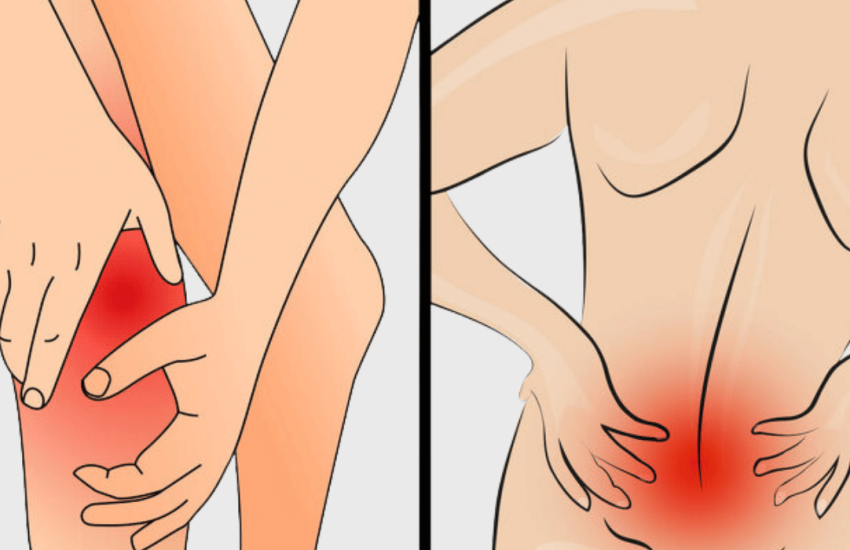Girls, do you know the purpose of the pocket in underwear, the small ball on the hat..??
Have you ever wondered why there is a small pocket in women’s underwear? Or why there is a small ball on winter hats?
Some small details in your clothes or in everyday tools may seem like just aesthetic additions, but many of these details have practical origins dating back to previous eras, and some of them still carry useful connotations and functions to this day. Here are a set of examples that reveal the origins of these designs that we see every day:
1. The small ball on winter hats
The first appearance of the small ball on hats dates back to the nineteenth century, and it was initially part of the French sailors’ uniform. At that time, the ceilings in the ships’ rooms were low, and when sailors moved inside the ships, this ball on the hat gave them a warning before they hit the ceiling. Over time, this design spread to other countries and became a common tradition. Although its original function may not be necessary in modern hats, the small ball has remained as an aesthetic element that gives a distinctive touch to the winter hat.
2. The hole in the popsicle stick
Some may think that the hole in the popsicle stick was designed to protect against choking, but the truth is quite different. This hole is used during the manufacturing process of the popsicle to hold the sugary liquid in place before it freezes and becomes the shape of a popsicle. This hole allows the liquid to adhere well to the stick, making it easier to eat the popsicle, without the frozen part falling off the stick while eating.
3. Stripes on pants
The stripes on modern pants were not initially part of the aesthetic design, but rather resulted from the shipping and export process. In the late 19th century, when European countries began exporting large quantities of clothing, the pants were folded before being shipped long distances across oceans and continents. This fold used to leave permanent lines on the pants, and over time, people accepted it and it became part of the overall look of the pants, and even turned into details that are considered part of the elegance of the design.
4. Colored lines on toothpaste
There is a common misconception that the colored lines on the toothpaste tube indicate its ingredients, such as whether it contains chemicals or natural materials. In fact, these lines have nothing to do with the contents of the toothpaste, but are merely visual signs used during the production process to help the filling machines know the correct place to cut the tube after filling it, which makes the manufacturing process more accurate and faster.
5. Small pocket in women’s underwear
Some people think that the small pocket in women’s underwear is designed to contain valuables, but this pocket has a completely different function. It is made of soft fabric, usually cotton, to contribute to providing comfort and proper ventilation. This pocket helps avoid skin irritation and enhances the feeling of comfort, making it an essential part of the design and not just an aesthetic addition.
6. Holes in Backpacks
The holes in some backpacks, especially those used for hiking and camping, go back to a practical function that was once common. In the past, these holes were used to secure camping gear or ropes to the bag, making it easier for travelers to carry essentials. Although many people may not need to use these holes today, designers still keep them as part of the traditional bag design.
Conclusion
Ultimately, it turns out that many of the seemingly random details in our clothes and everyday tools are actually the result of practical needs dating back to ancient times, and have evolved to become part of the design or aesthetic touch that we are used to seeing. Every piece in our lives has a story behind it, and knowing its origins makes us see things from a new and appreciative angle.


